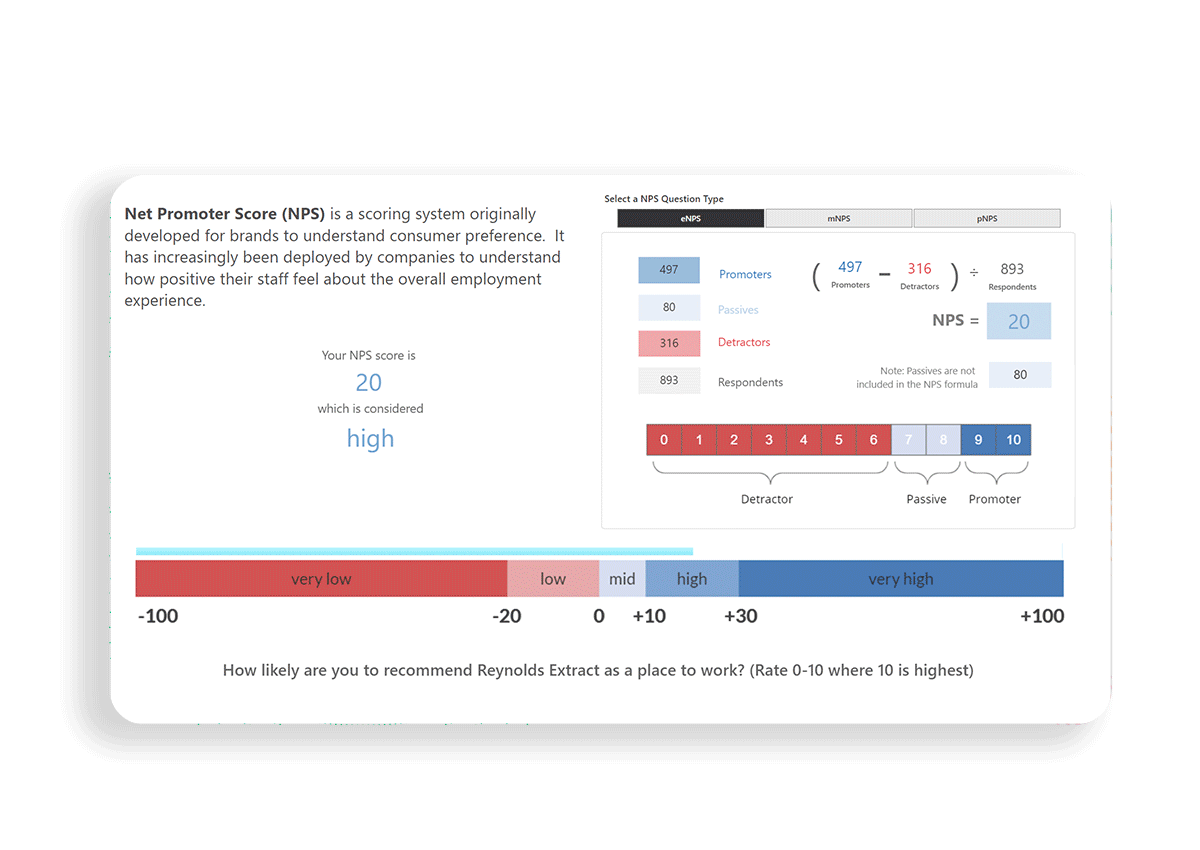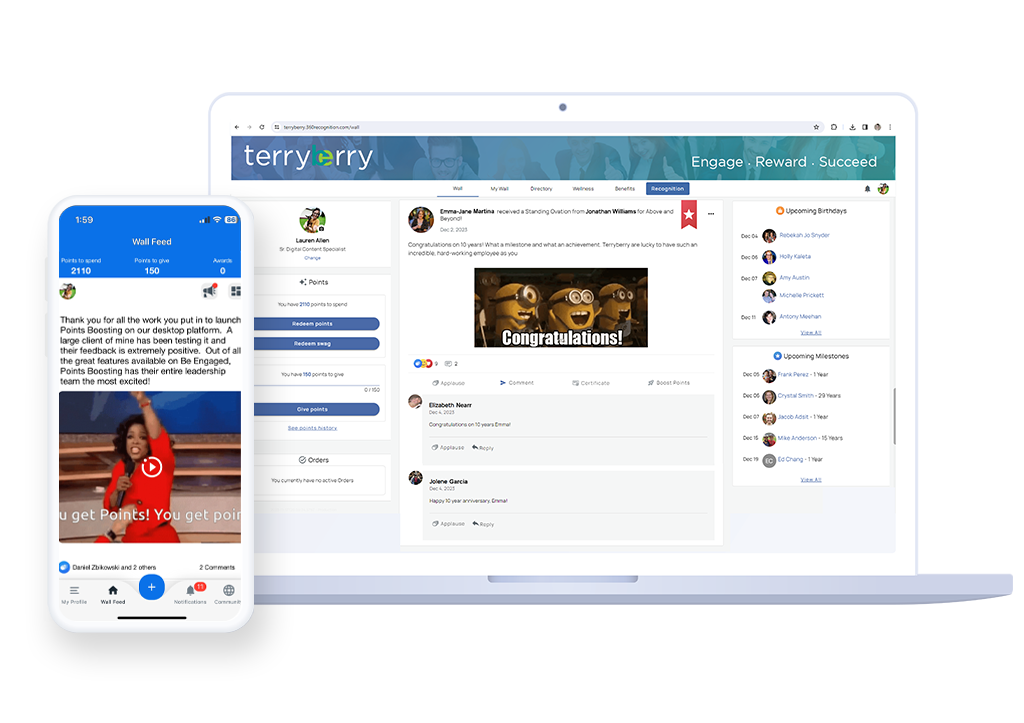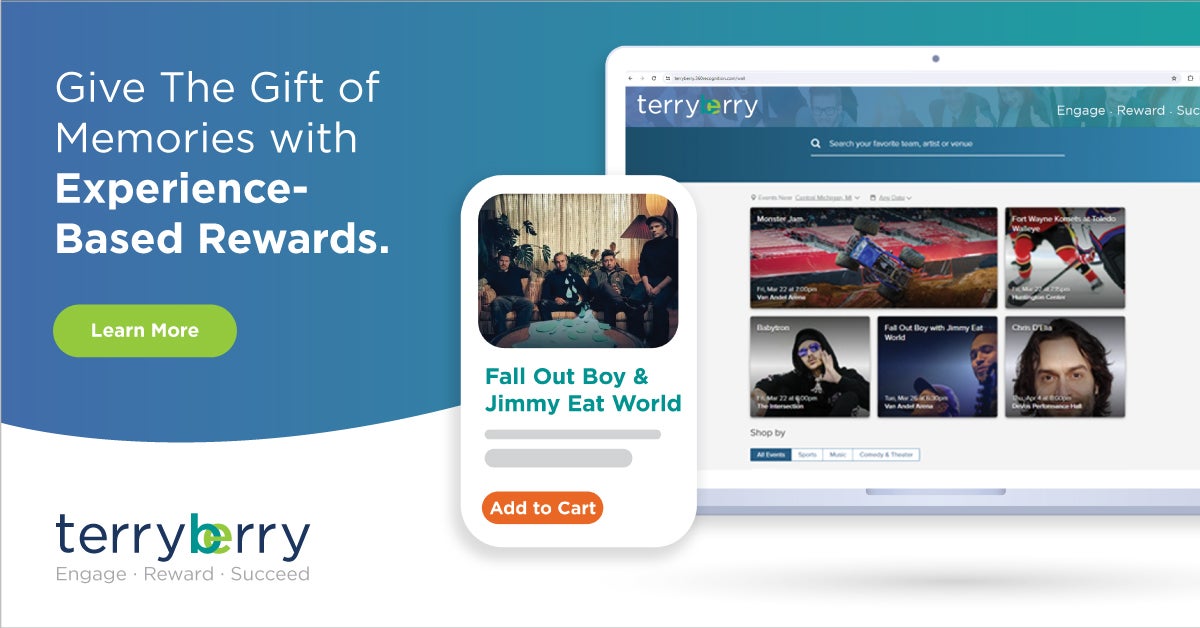October 16, 2024

Want to boost employee engagement and motivation? This guide on employee recognition best practices covers essential strategies to help you succeed. From defining clear program objectives to involving leadership and integrating recognition into everyday work, these tips will make your recognition efforts impactful.
Read on to learn how these best practices can foster a positive and productive work environment.
Key Takeaways
- Set clear objectives for employee recognition programs to align with company goals and enhance employee engagement.
- Engage leadership and employees in the development of recognition strategies to foster a culture of appreciation and inclusivity.
- Utilize a blend of monetary and non-monetary rewards while integrating technology to streamline recognition and make it part of everyday operations.
Define Clear Objectives for Your Employee Recognition Program
Setting clear objectives for your employee recognition program provides direction and purpose. Aligning these objectives with your company goals and core values ensures that the employee recognition experience is meaningful and impactful. When employees understand that their contributions directly support the company’s mission, it enhances their sense of purpose and engagement.
It's widely known that recognized employees demonstrate higher engagement, which leads to better organizational outcomes. This alignment encourages employees to embody the company’s values and strive towards common goals. For instance, if innovation is a core value, recognizing employees who bring creative solutions to the table reinforces this priority.
Measuring the recognition program’s impact is vital. Setting clear metrics and regularly evaluating the program allows for necessary adjustments to improve its effectiveness. This ongoing improvement process keeps the program relevant and aligned with workforce needs.
Gain Leadership Support

Commitment from senior leadership is essential for successful employee recognition programs. Leaders set the tone for recognition, emphasizing its value and fostering a company culture of appreciation. When leaders actively recognize contributions, it fosters an environment where employees can feel recognized, appreciated and engaged.
Public acknowledgment of achievements by leaders can elevate employee morale and inspire others. For example, during company meetings or through internal communication channels, leaders can highlight the accomplishments of employees, thereby boosting morale and encouraging others to strive for excellence. This public recognition also aligns employee performance with company goals, making recognition a strategic priority.
Highlighting the return on investment (ROI) of recognition efforts ensures continuous leadership involvement. Showing how an effective recognition program boosts employee engagement, productivity, and retention can justify the program’s continuation and expansion. Leaders can further model recognition by frequently using tools to recognize employees, reinforcing the program’s importance.
Involve Employees in Program Development

Involving employees in the recognition process enhances buy-in and ensures the program meets their expectations. Fostering a sense of ownership and inclusion also leads to greater overall success. When employees feel that their voices are heard and valued, they're more likely to participate actively and enthusiastically.
Asking employees for their opinions, desired awards, and access methods for the recognition program is key. Tailoring recognition programs to diverse employee needs avoids a one-size-fits-all approach.
For example, some employees may prefer public recognition, while others might value private acknowledgment more. Employee surveys and feedback mechanisms can help gather this information effectively.
Emphasizing employee feedback also keeps the program relevant and resonant with the workforce. This collaborative approach not only increases engagement but also fosters a more inclusive and responsive recognition culture.
Create Peer-to-Peer Recognition Opportunities

Peer-to-peer recognition can be as impactful as recognition from management, creating more opportunities for appreciation.
It enhances workplace relationships, making feedback from colleagues feel personal and impactful. Encouraging peer-to-peer recognition improves teamwork and ensures broader appreciation across all levels of the organization.
Integrating peer recognition mechanisms can diversify acknowledgment opportunities beyond top-down recognition. Implementing a peer recognition program can significantly reduce employee turnover rates. Cross-departmental recognition promotes collaboration and builds a more inclusive recognition culture.
Recognition should be tailored and immediate to effectively reinforce positive behaviors. Peer recognition fosters a stronger sense of belonging and alignment with company values.
Gamifying the recognition process makes it more engaging and enjoyable for employees. Visual forms of recognition, like awards or certificates, significantly enhance morale.
Use a Mix of Monetary and Non-Monetary Rewards
Balancing monetary and non-monetary rewards helps sustain employee motivation. Monetary rewards, such as bonuses, gift cards, and salary increases, directly tie performance to tangible benefits, providing a clear incentive to reward employees to excel.
Non-monetary recognition, like personalized gestures, can be equally effective in conveying employee appreciation. For example, a handwritten thank-you note or public acknowledgment can make employees feel valued. Experiential rewards, like extra days off or unique experiences, provide memorable recognition moments that employees cherish.
Managers should use a variety of recognition methods to meet different employee preferences. Incorporating various types of rewards increases the effectiveness and longevity of recognition programs, keeping employees motivated and engaged over the long term.
Personalize Recognition Efforts

Personalizing recognition efforts addresses the unique needs of teams and individuals, leading to higher motivation and engagement.
Recognition should cater to individual preferences, such as private versus public acknowledgment or peer-to-peer versus top-down recognition. This tailored approach ensures that the recognition is meaningful and resonates with each employee.
Timely and specific recognition tied to particular achievements enhances employees’ feelings of being genuinely valued and appreciated. For example, acknowledging an employee’s unique contribution to a project shortly after its completion reinforces the significance of their efforts and makes the recognition more impactful.
Making each employee feel seen and valued reinforces positive interactions and fosters a sense of belonging within the organization. This personalized approach to recognition boosts morale and aligns with the goal of creating a supportive and appreciative company culture.
Celebrate Employee Milestones

Recognition programs should celebrate various milestones, such as:
- Employment anniversaries/service awards
- Personal achievements
- Birthdays
- Promotions
- Retirements
Celebrating these milestones fosters a culture of appreciation and acknowledges contributions to the company. These celebrations can range from acknowledging work anniversaries to celebrating personal milestones.
Regularly acknowledging life events like birthdays and promotions can enhance the employee experience and morale. Gathering input from employees on which milestones to recognize ensures alignment with their preferences. This approach makes the celebrations more meaningful and relevant to the employees’ experiences.
Using personalized items like customized trophies or yearbooks can make milestone celebrations more memorable. Celebrating small achievements contributes to a positive work culture and motivates employees to strive for more. This consistent recognition of milestones reinforces a sense of belonging and appreciation within the organization.
Train Managers on Effective Recognition Practices

Training managers on the best ways to recognize their people is crucial for the success of the recognition program. Effective communication and training in a successful employee recognition program are essential for generating excitement and promoting effective participation.
Highlighting both major successes and smaller achievements reinforces a sense of purpose among employees. A well-measured recognition program can significantly increase employee engagement, with 78% of employees showing higher engagement when recognized effectively.
Prioritizing employee recognition and having formal systems in place ensures consistent and meaningful practices. This approach improves employee morale and aligns with the overall strategy of creating a recognition culture within the organization.
Measure Program Success and Adapt

Employee recognition programs need regular evaluation to remain relevant and effective. Revisiting and improving recognition methods is essential as organizations evolve.
Effective tracking of employee recognition program success requires assessing and measuring employee satisfaction through pulse surveys and metrics such as Employee Net Promoter Score (eNPS).
Gathering employee feedback regularly is crucial for understanding the adequacy and meaningfulness of recognition rewards. To assess the effectiveness of a recognition program, it’s important to measure employee feedback, performance, productivity metrics, and retention rates.
Leveraging employee recognition platforms can provide reporting dashboards that show employee usage and reward redemption trends.
Understanding usage and ROI justifies the continuation of recognition programs. This information is crucial for gaining stakeholder support for potential expansion.
Organizations should continuously refine their recognition initiatives based on ongoing feedback to align the existing program with employee expectations. This process ensures that the recognition program remains effective and relevant.
Publicly Recognize Achievements

Organizations can use newsletters, social media, and company meetings to publicly recognize employee achievements. Regular appreciation events like office parties or catered lunches effectively celebrate employee accomplishments. Public acknowledgment tailored to each employee’s preference makes the recognition more meaningful and impactful.
Most employees want their peers and leaders to recognize their achievements. Recognition content should include employee dedication, skills, initiatives, and business impact to make it meaningful. Public presentations of employee achievements showcase their work, inspire the team, and boost morale.
Such recognitions foster a stronger community within the organization and promote employee satisfaction. Public recognition celebrates individual achievements and sets a positive example for others, encouraging a culture of appreciation and excellence.
Integrate Recognition into Daily Operations

Recognition should be integrated into existing tools and platforms that employees already use to enhance engagement. This makes it easier for employees to give and receive recognition as part of their daily routines.
For example, incorporating recognition into communication tools like Teams, team meetings, newsletters, and town halls increases its visibility and frequency, creating a robust recognition platform.
Using existing communication tools like Zoom or Slack for recognition moments can help remote workers feel included and appreciated. Timely recognition strengthens the connection between an employee’s actions and resultant rewards, making it more effective and meaningful.
Featuring star performers or highlighting team wins in newsletters or blogs enhances the visibility of recognition and motivates others to strive for excellence.
Utilize Technology for Seamless Implementation

Employee recognition software like Terryberry's Be Recognized platform offers a comprehensive solution for recognizing all employees. Features like social feeds keep appreciation visible and top of mind for everyone.
Digital recognition tools can effectively engage both remote employees and in-person teams, making it an effective employee recognition platform.
Recognition can integrate with custom incentives to promote positive behaviors and reduce stress by following best practices. If internal resources are lacking, consider external platforms to bridge the gap.
Hybrid and remote work environments create challenges in fostering a collaborative work environment and culture of belonging and recognition, but technology can help bridge these gaps and ensure seamless implementation.
Summary
Employee recognition is not just about celebrating achievements; it’s about creating a culture where employees feel valued and motivated. By defining clear objectives, gaining leadership support, involving employees, and integrating recognition into daily operations, you can build a successful employee recognition program.
Balancing monetary and non-monetary rewards, personalizing recognition efforts, and celebrating milestones further enhance the program’s effectiveness.
Training managers, measuring program success, and utilizing technology ensure that the recognition program remains relevant and impactful.
Publicly recognizing achievements and creating peer-to-peer recognition opportunities foster a positive and inclusive workplace culture. Implement these best practices, and you’re sure to see a boost in employee engagement, job satisfaction, and overall performance.


